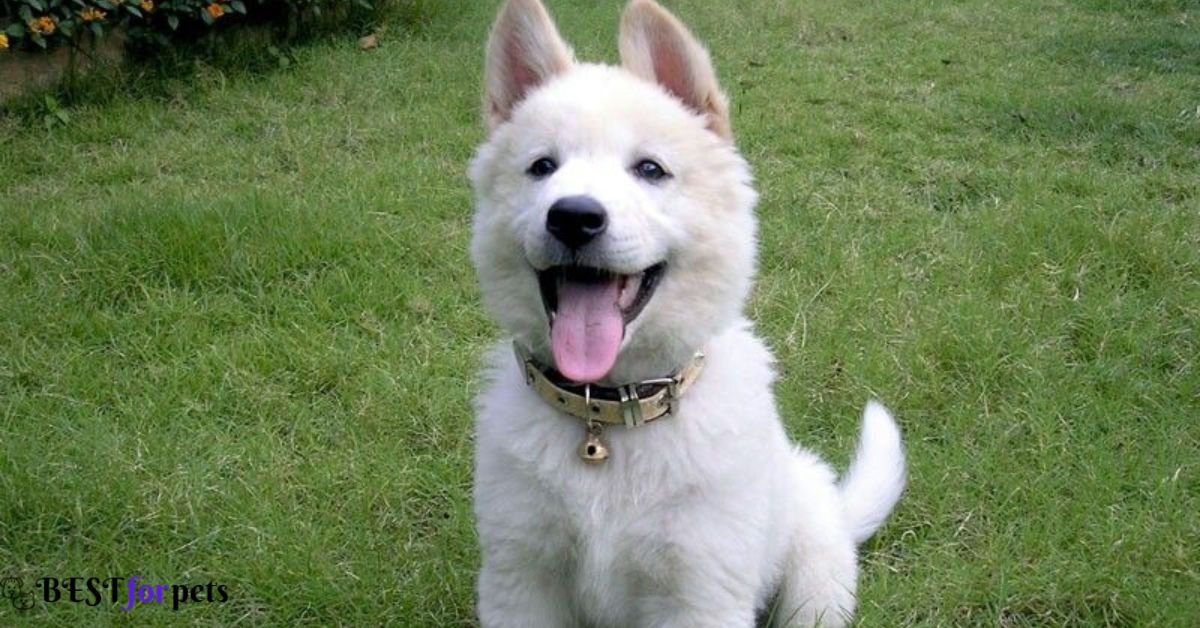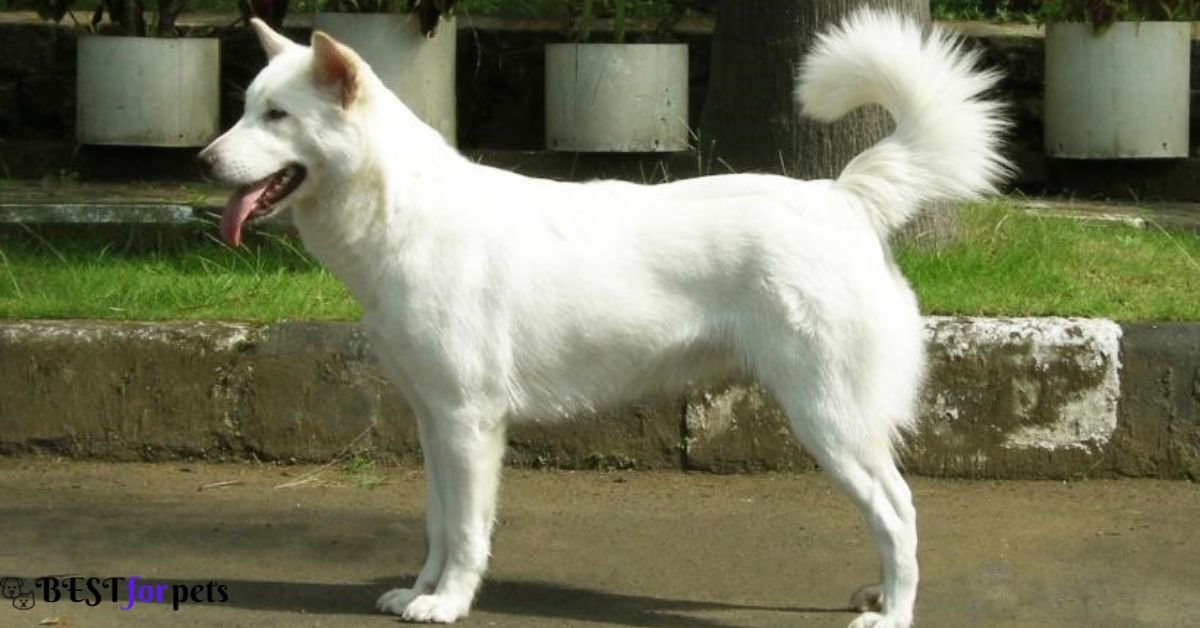//Prices//
Kintamani Dog Price In India
The price of a Kintamani Dog in India can vary depending on several factors such as the breeder’s reputation, lineage, location, and demand. On average, Kintamani dog price in India can range from Rs 50,000 to Rs 1,50,000 or more (approximately $670 to $2,000 or more).

Various Factors That Affects The Price Of Kintamani Dog
The price of a Kintamani Dog can be influenced by several factors. Here are some key factors that can affect the price:
Breeder Reputation:
Reputable breeders who have established a name for themselves by producing healthy and well-structured Kintamani Dogs often charge higher prices for their puppies. They invest in quality breeding practices, health testing, and proper socialization, which can contribute to a higher price tag.
Lineage and Pedigree:
The lineage and pedigree of a Kintamani Dog can significantly impact its price. Dogs with exceptional bloodlines, champion titles, or show potential may be more expensive due to the value associated with their genetics.
Health Clearances:
Breeders who provide health clearances for their Kintamani Dogs, including certifications for hip dysplasia, eye conditions, and other health screenings, may charge higher prices. These clearances indicate that the breeder is committed to producing healthy offspring.
Age and Sex:
The age and sex of a Kintamani Dog can affect its price. Puppies are generally priced higher than adult dogs. Additionally, females may have higher demand due to their potential for breeding purposes.
Location and Demand:
The price of a Kintamani Dog can vary based on the location and demand in that specific area. Availability, breeder availability, and popularity of the breed in a particular region can impact the price.
Training and Show Potential:
If a Kintamani Dog has undergone professional training or shows potential for competition in dog shows or other activities, the price may be higher to reflect the investment and potential value of the dog.
An Introduction To Kintamani Dog
History of Kintamani Dog
The Kintamani Dog has a fascinating history deeply rooted in the cultural heritage of Bali, Indonesia. Believed to be an ancient breed, these dogs have been cherished by the Balinese people for centuries. They are named after the region of Kintamani, located in the central highlands of Bali, near the majestic Mount Batur. The breed’s exact origin is uncertain, but it is thought to have descended from ancestral dogs brought to Bali by traders or settlers from other parts of Asia.
For generations, Kintamani Dogs have played an important role in Balinese society. They have been revered as sacred animals and are often seen in religious ceremonies and traditional rituals. They are considered symbols of good luck and protection, believed to possess spiritual qualities. The Balinese people have long treasured and preserved the breed, ensuring its continued existence and cultural significance.
Appearance of Kintamani Dog
The Kintamani Dog exhibits a striking and distinct appearance. It is a medium to large-sized breed with a sturdy and well-muscled build. They have a square-shaped body, deep chest, and strong neck. One of their most notable features is their luxurious double coat. The undercoat is dense and soft, providing insulation, while the outer coat is longer and coarser, offering protection from the elements. The most common coat colors are white, cream, or a combination of these shades.
Their head is proportionate to their body, with a broad skull and a well-defined stop. Kintamani Dogs have almond-shaped eyes that can be various shades of brown. Their ears are triangular, erect, and slightly rounded at the tips. The tail is medium-length and carried high when the dog is alert.

Kintamani Dog Temperament and Activities
Kintamani Dogs have a temperament that is characterized by loyalty, intelligence, and alertness. They are known for their strong bond with their owners and their natural protective instincts. While they can be reserved around strangers, they are generally friendly and sociable when properly socialized from a young age.
These dogs are highly intelligent and eager to please, making them trainable and responsive to positive reinforcement techniques. Early socialization and consistent training are essential to ensure their well-rounded development. They thrive in an environment where they receive mental stimulation and engage in activities that challenge their intellect. Kintamani Dogs excel in various canine sports and activities, such as agility, obedience, and tracking.
Frequently Asked Questions
What is the Kintamani Dog?
The Kintamani Dog, also known as the Balinese Mountain Dog, is a breed native to Bali, Indonesia. It is known for its striking appearance, loyalty, and protective nature.

